Rising Demand for Aesthetic Appeal
The Engineered Quartz Surface Market experiences a notable surge in demand driven by the increasing consumer preference for aesthetic appeal in interior design. Homeowners and designers alike are gravitating towards engineered quartz surfaces due to their ability to mimic natural stone while offering a wider array of colors and patterns. This trend is particularly pronounced in residential applications, where kitchens and bathrooms serve as focal points for design. According to recent data, the engineered quartz surface segment is projected to grow at a compound annual growth rate of approximately 7.5% over the next five years, indicating a robust market trajectory. As consumers prioritize visual appeal alongside functionality, the Engineered Quartz Surface Market is likely to witness sustained growth, reflecting a shift towards more personalized and visually striking home environments.
Increased Durability and Low Maintenance
The Engineered Quartz Surface Market benefits from the inherent durability and low maintenance characteristics of engineered quartz surfaces. Unlike natural stone, engineered quartz is non-porous, making it resistant to stains, scratches, and bacteria. This durability appeals to both residential and commercial sectors, where longevity and ease of upkeep are paramount. The market data suggests that the demand for low-maintenance materials is on the rise, with engineered quartz surfaces being favored for high-traffic areas such as commercial kitchens and retail spaces. As consumers and businesses seek materials that combine beauty with practicality, the Engineered Quartz Surface Market is positioned to capitalize on this trend, potentially leading to increased market share and consumer loyalty.
Sustainability and Eco-Friendly Practices
The Engineered Quartz Surface Market is increasingly influenced by sustainability and eco-friendly practices. As consumers become more environmentally conscious, the demand for sustainable materials has surged. Engineered quartz surfaces, often made from recycled materials, align with this trend, appealing to eco-aware consumers. The market data indicates that a significant portion of consumers is willing to pay a premium for sustainable products, which could enhance the market position of engineered quartz surfaces. Furthermore, manufacturers are adopting greener production processes, which not only reduce environmental impact but also resonate with the values of modern consumers. This alignment with sustainability trends is likely to bolster the Engineered Quartz Surface Market, fostering growth and innovation in product offerings.
Technological Innovations in Manufacturing
Technological advancements play a crucial role in shaping the Engineered Quartz Surface Market. Innovations in manufacturing processes, such as improved resin formulations and advanced fabrication techniques, enhance the quality and performance of engineered quartz surfaces. These advancements allow for greater customization and precision in design, catering to the evolving preferences of consumers. Market data suggests that companies investing in technology are likely to gain a competitive edge, as they can offer superior products that meet the demands of both residential and commercial markets. As technology continues to evolve, the Engineered Quartz Surface Market is expected to benefit from enhanced product offerings, potentially leading to increased market penetration and consumer satisfaction.
Growing Construction and Renovation Activities
The Engineered Quartz Surface Market is poised for growth due to the increasing construction and renovation activities across various sectors. As urbanization accelerates, there is a heightened demand for residential and commercial spaces, driving the need for durable and aesthetically pleasing materials. Market data indicates that the construction sector is projected to expand significantly, with engineered quartz surfaces being favored for their versatility and design flexibility. This trend is particularly evident in new housing developments and commercial projects, where the integration of engineered quartz surfaces enhances both functionality and visual appeal. As construction and renovation activities continue to rise, the Engineered Quartz Surface Market is likely to experience robust growth, reflecting the broader trends in the building and design sectors.


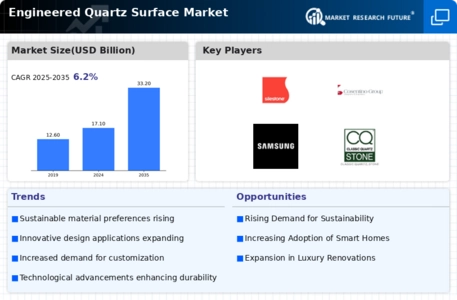
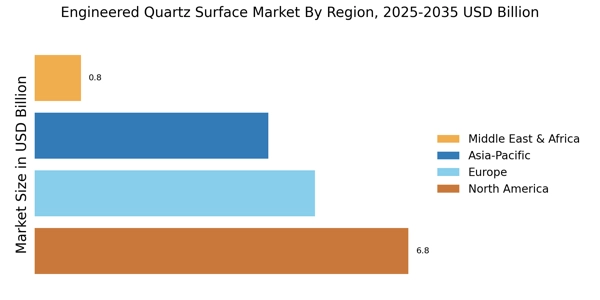
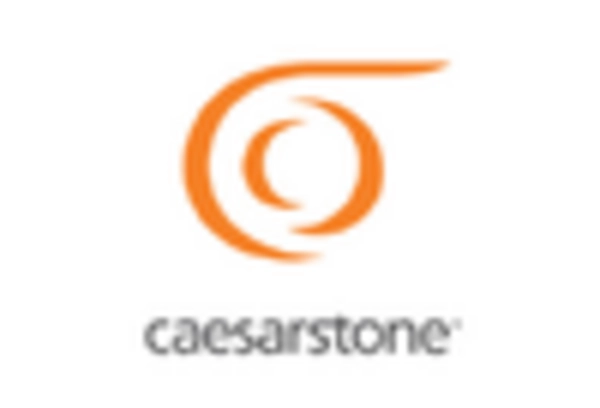

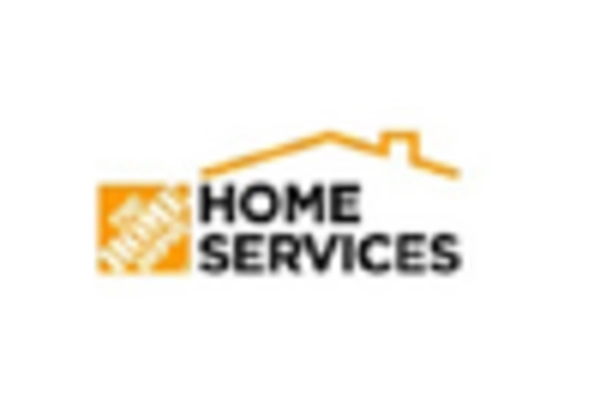

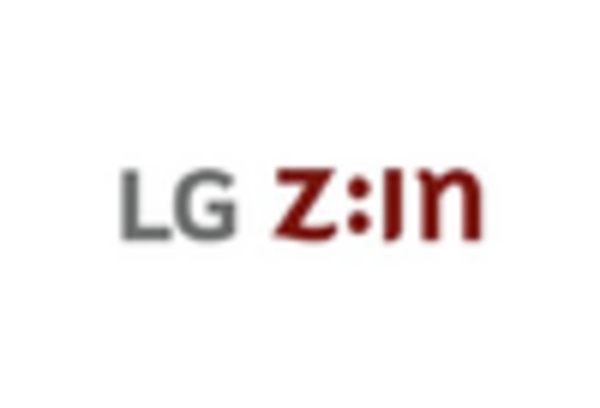
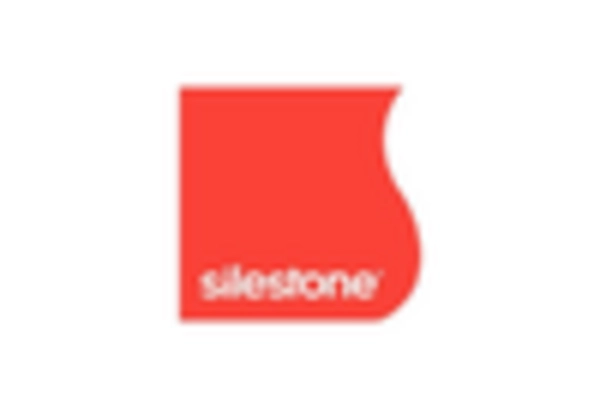








Leave a Comment